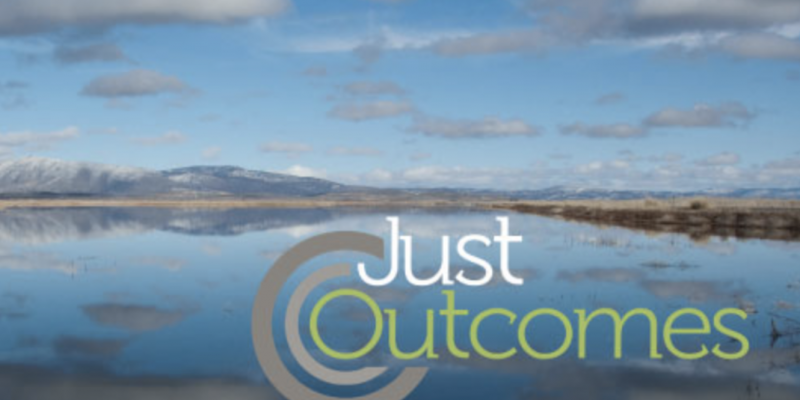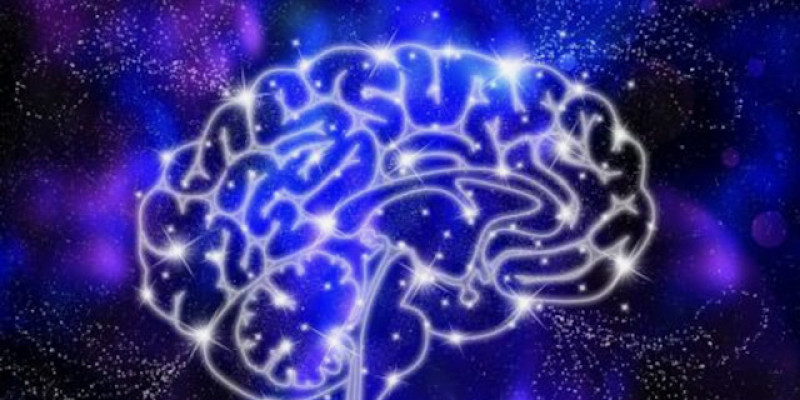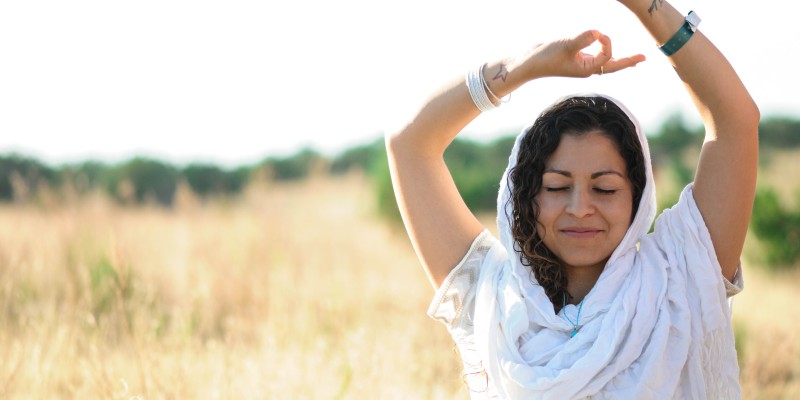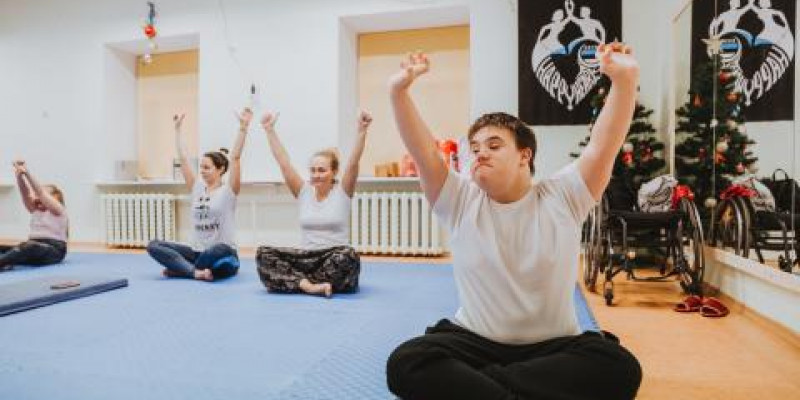Falling to Earth
By Deg Ajeet Kaur (Janet Howard) I keep it moving. Get it done. Onto the next thing. In Kundalini Yoga and meditation, I’m learning the power of stillness. In stillness, the message finds us. The path is revealed. It doesn’t feel natural to me. I want to search for, run to and push through for the answers, for the path, for the next thing in my journey. I’m impatient. But lately, it isn’t working. I push, I run, I take control of forward movement and I feel lost—I can’t find my way. I give up. Sit down. Cry. And when all…









